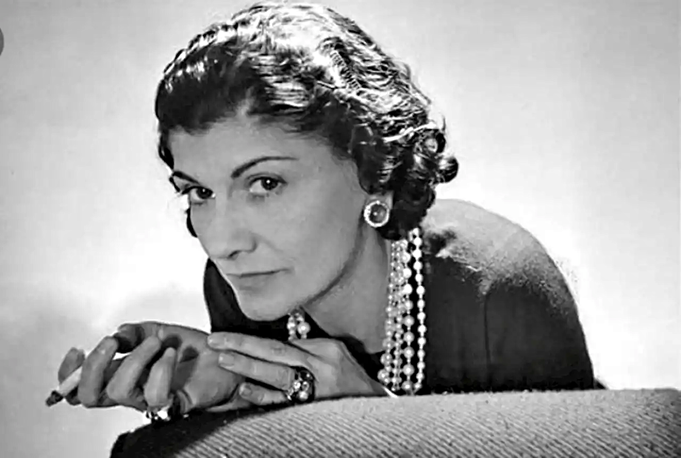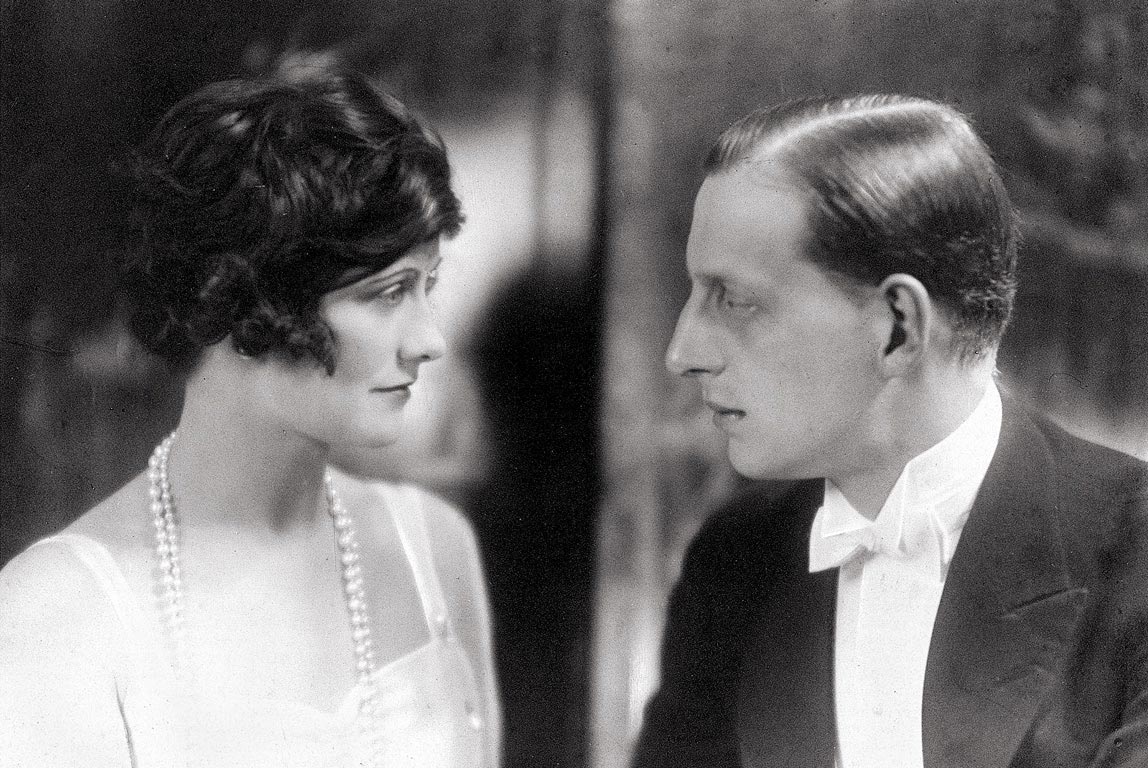Gabrielle Chanel, who the world knows better by her nickname “Coco”, died fifty years ago on 10th January 1971, at the age of 87, having been one of the most culturally influential women of her time. With her headstrong and not entirely transparent character (she may well have been a Nazi spy, even if she always denied it), Coco Chanel revolutionised women’s fashion, from the 1910s onwards, by stripping it down and making it more practical and better suited to a rapidly changing world.
“Real elegance,” she said, “cannot do without the possibility of free movement.” To understand the meaning of her words, we need to put them into context. Between the end of the nineteenth and the beginning of the twentieth century, women had become tired of long skirts and unwieldy clothes that forced them to play a passive role in society. Increasing industrialisation and urbanisation meant that more and more women had a job and a new position in the production system. The first and second world wars accelerated this process by taking millions of men to the front and leaving the responsibility of family economics in the hands of women for years, and, in some cases, forever. In this context, Coco Chanel abolished corsets once and for all from the female wardrobe. She shortened skirts, reduced frills and began to design garments that could be worn by active, sporty, working women who could finally enjoy riding a bicycle.
Her style intercepted and reflected social change, but it was also an expression of her own life experience. It was no coincidence that Chanel wore the clothes she created (a more exact term than design in her case as she said she constructed them directly on the mannequin) in the colours she was most fond of, for both aesthetic and personal reasons. As far as her colours are concerned, it is important to emphasize how her production revolved around certain colours or key combinations that have helped establish Chanel style as a classic in the collective imagination.

Coco Chanel (photo: Justine Picardie, CC licence)
BLACK
Black was the colour of mourning, work and servants’ clothes before Chanel launched her black sheath dress on the market and turned it into the colour of “smart” elegance, ideal for any occasion. It was also the colour of the nuns’ clothing at the convent in Aubazine where she was sent as a girl to study with the sisters, who taught her how to sew.
For Chanel, black was essential, sharp and also the ideal complement for highlighting white and other colours, as well as sparkling jewels and brooches.
“When I find a colour darker than black,” said Chanel, “I’ll wear it. But until then, I’ll dress in black!”

Coco Chanel dressed in sailor style in 1928 (public domain)
WHITE
White reflects light and illuminates the wearer’s face. So, pearls were central to Chanel’s style, as they are both sober and noble, even when fake. She also often used a white camellia on a hat or dress, or tucked into the hair. This is reportedly because she saw Sarah Bernhard play the leading role in La Dame aux Camélias when she was a girl, and because dandies in the early 1900s wore camellias in their buttonholes to add a touch of distinction. The cornettes of the nuns in the Aubazine convent where Chanel spent seven years of her childhood were also white.
She would therefore often create minimal, but refined effects with combinations of white and black. For example, she would add black trims to the pockets, cuffs or collar of a white dress or black tips to beige shoes.

Coco Chanel and Grand Duke Dmitri Pavlovich Romanov in the 1920s (public domain)
GOLD
Born in poverty, Coco Chanel was acutely aware of the power of gold as a mirage. After all, her entrepreneurial spirit had made her one of the wealthiest women in France. She recognised the symbolic value of gold, too, because she had a profound love for Venice and artworks like the Pala d’Oro conserved in Saint Mark’s basilica. She also knew that you did not necessarily need to use real gold to evoke its preciousness.
Curiously, Chanel’s best-known use of gold is not a garment at all, but her perfume N°5.
RED
“Red is the colour of life, of blood, I love red,” said Chanel. It is a colour that can be bright and aggressive and in its darker shades, it evokes elegance and willpower and can therefore be used on garments, accessories or directly on a woman’s body in the form of lipstick or nail varnish. “If you’re sad,” suggested Chanel, “add more lipstick and attack. Men hate women who weep.”

From left to right: a bottle of Chanel N°5 (photo: Jonn Leffmann, licence CC) and Coco Chanel in 1970 (photo: Marion Pike; public domain)
BEIGE
Delicate tones, like beige or powder pink, are another key note of her fashion system, as they are versatile, easy to coordinate, unflamboyant and therefore ideal for the practical, active women her clothes were designed for. From 1957 onwards, her two-tone, beige and black, slingback shoes, in particular, became one of the brand’s symbols.
Gabrielle herself, despite being a real celebrity, did not dress eccentrically and often chose these restrained colours when she went out in public. She did not dedicate a lot of time to advertising and show business, and, in fact, only gave her
first television interview in 1959.
Up until the 1970s and ‘80s when the European fashion market began to take into consideration non-white women too, colours like beige and pastel pink were considered “natural” as they were similar to the skin tone of white women. Today, the adjective no longer seems appropriate.
A piece of trivia regarding skin tone (and not fashionwear) is that being tanned was not at all fashionable in France and Europe at the beginning of the twentieth century and only became chic thanks to Coco Chanel. Traditionally, if your skin was burnt by the sun it meant you had been working in the fields or on a building site. It certainly was not for well-off town girls, who used wide-brimmed hats and sun shades to keep their skin fair. All this changed, it is said, in the 1920s when Coco Chanel returned to Paris from a holiday in the sun (sources differ regarding the year and exact destination). She proudly showed off her tan that was both unusual and shocking for the time, and soon, sunbathing was all the rage, and those who couldn’t afford to travel began using tanning lamps.